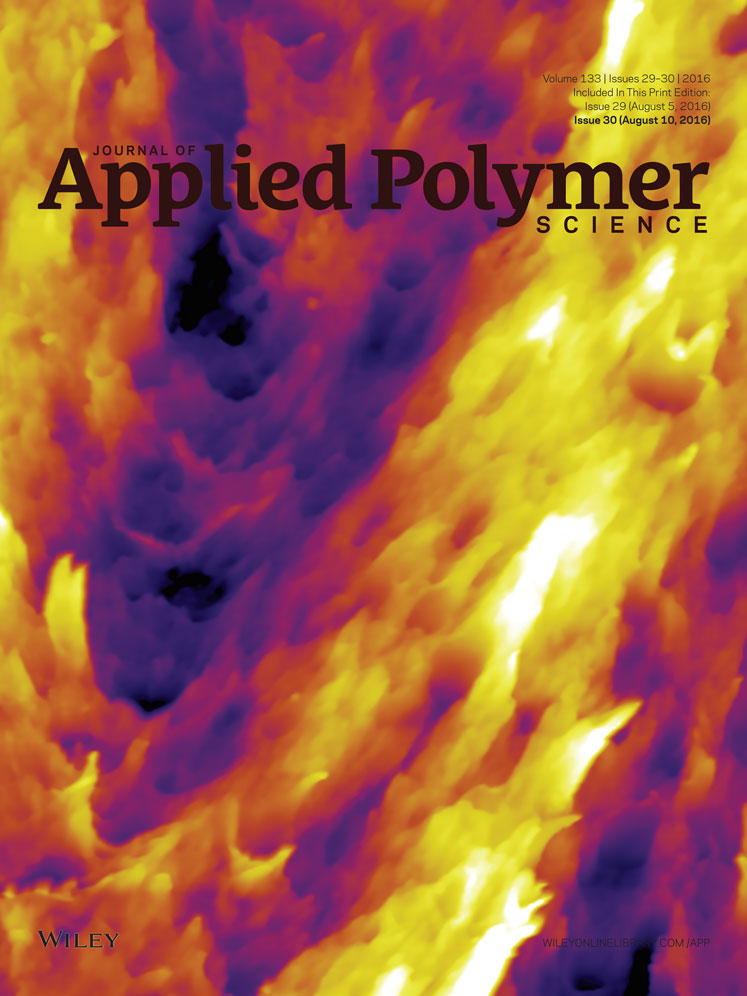Quercetin and curcumin in nanofibers of polycaprolactone and poly(hydroxybutyrate-co-hydroxyvalerate): Assessment of in vitro antioxidant activity
ABSTRACT
Polymeric nanofibers are materials that can be used as scaffolds in tissue engineering. Quercetin and curcumin are antioxidants because of scavenge free radicals and chelate metal ions properties, protecting tissues of lipid peroxidation. The objective of this study was to develop a scaffold with potential antioxidant activity that was produced from nanofibers consisting of polycaprolactone (PCL) and a blend of PCL/poly(hydroxybutyrate-co-hydroxyvalerate) (PHB-HV) with the addition of quercetin or curcumin as the bioactive compound. Curcumin and quercetin were integrated into the solution at a concentration of 3%. The electrospun nanofibers were characterized using calorimetry and thermogravimetric analysis, and the addition of bioactive compounds did not alter the thermal properties of the biomaterial. The antioxidant activity of scaffolds with the active compounds was evaluated by hydrate 2,2-diphenyl-2-picrylhydrazyl (DPPH) and 2,2′-azinobis (3-ethylbenzothiazoline-6-sulfonic acid) diammonium salt (ABTS) methods. The scaffolds with PCL and PCL/PHB-HV blend with quercetin exhibited higher antioxidant activity than curcumin with both methods. © 2016 Wiley Periodicals, Inc. J. Appl. Polym. Sci. 2016, 133, 43712.




